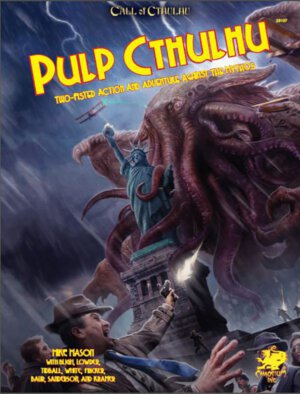
Publisher: Chaosium Inc.
Authors: Mike Mason with Alan Bligh, James Lowder, Jeff Tidball, Glyn White, Paul Fricker, Scott Dorward, Wolfgang Baur, Matt Sanderson, and Dan Kramer
Artists: Victor Manuel Leza Moreno, Jonathan Wyke, Linda Jones, Reuben Dodd, Richard Pace, Roman Entsov, Chris Lackey, and Fifa Finsdottir
Year: 2016
Players: It’s an RPG supplement, so two or more
Ages: 14+ (My opinion)
Playing Time: Ongoing
Genre: Cthulhu horror/pulp hero mashup
Pages: 272
Retail Price: PDF $22.50; Physical book on the horizon
Fans of Call of Cthulhu are finally in for a treat as one of the longest percolating supplements for the venerable roleplaying game is now available as a PDF download, with the physical book to arrive in stores sometime later this year. Approximately fourteen years after its original announcement, Pulp Cthulhu has finally hit the gaming scene. The 272 page supplement – designed for use with 7th edition CofC – brings new rules and gameplay philosophies to allow for Keepers to devise their own adventures filled with action and horror reminiscent of those tales found in the Astounding Stories and Weird Tales pulp magazines of yesteryear.
Before I delve into my review of Pulp Cthulhu I think it’s important to mention, in the interest of full disclosure, I’ve always run a “pulpy” style of Call of Cthulhu. Granted, I never incorporated full blown pulp conventions like the power to cloud men’s minds (The Shadow) or superhuman powers of strength and intelligence (Doc Savage) or any of that like but nearly every of our game sessions would have at least one high octane set piece; it may have been a pitched battle against dozens of cultists, a high speed chase along narrow mountain roads, or the eventual discovery of a diabolical villain’s plot of mayhem and madness. Of course, it wasn’t unusual for my group to get together for twenty hours a week of Mythos adventure – featuring eight hours or more at a pop, since we didn’t have tons on our social agendas at the time – and I always loved ending a night of gaming with a big cliffhanger.
I also tended to keep the player character body count fairly low (although NPCs might as well have been red shirts on the Enterprise) since I envisioned the PCs along the lines of Randolph Carter as opposed to the protagonists of most other Lovecraft stories. I felt it was better storytelling and roleplaying if I cut some slack for the gang as long as they tackled every adventure intelligently and with verve. This isn’t to say PCs never bought the farm but I knew I could still deliver plenty of good scares and adventure points without resorting to the high casualty rates one would normally find in Call of Cthulhu.
For years the core group sitting around my table consisted of Ed Rupprecht, Paul Miller, and Elliott (VoiceofE) Miller as well as a few other gamers from time to time. I can’t say my style as a Keeper would work with everyone but at least my gaming gang loved it. I only share these thoughts because much of what you’ll find in Pulp Cthulhu is more or less in step with quite a few concepts which I based running ongoing CofC campaigns; what the book considers as “low pulp.”
Upon first taking a peek at the PDF you’ll notice Pulp Cthulhu continues Chaosium’s new and improved full color artwork and presentation. Gone are the black and white interiors and font styles one has become accustomed to over the last thirty years of the company’s publications. I especially like this new presentation as we’re finally getting to enjoy the sort of books foreign language CofC gamers have experienced, through third party licensees, for a long time.
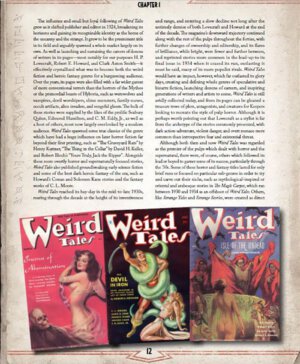
Next we’re treated to a brief history of pulp magazines and the sort of adventure tales they contained. This is far from a comprehensive study but at least provides a nice overview of the magazines. Personally, I’d have loved reading a few more pages delving into the nitty gritty and overall themes (perhaps even the inclusion of a short, public domain story) but the supplement isn’t a guide to the mags of the period so we have to make do with just a small taste of old school pulpy goodness.
The next section begins to dive into game mechanics as the focus is on creating pulp characters beginning with choosing an archetype. These archetypes are designed to be a core foundation of the character and you’ll choose from a variety of types including the Adventurer, Egghead, or Hard Boiled. Overall there are eighteen archetypes to base your character upon. Your choice will also provide special bonuses, core characteristics, and suggested occupations. This section continues by explaining how characteristics are determined, occupations and skills chosen, and pulp abilities (if you’re going the way of high pulp) can be created by the players.
All in all, the character generation is aimed at creating heroes who can go toe to toe against many baddies as opposed to traditional CofC investigators who tend to be a touch on the frail side. For the most part you can run the gambit from those simply possessing keen senses and highly honed skills (say The Phantom Detective) to those blessed by near superhuman or magical abilities (the Doc Savage or early Mandrake stories) depending on the style of pulp which floats your boat.
Chapter three consists of some interesting organizations you can introduce into your campaigns. There are six overall, with three working toward the protection of humanity and three aimed at far less savory pursuits. I found this chapter to be interesting overall and a good starting place for introducing beginning characters to organizations they might work within before they, more likely than not, branch off into creating their own network to fight the forces of darkness. The trio of evil groups will give plenty of Keepers nice nuggets and background upon which to base some cool adventures too.
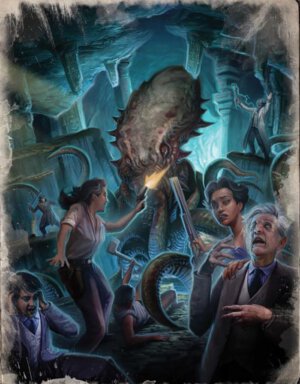
Chapter five looks at sanity and changes the rules regarding how characters react to the mind blowing discoveries within the Mythos. Once again the gist is to increase the survivability of the PCs and even insane talents, which in essence is the discovery of buried powers within, are discussed. The rule changes aren’t anything radical but are interesting to contemplate nonetheless regardless of what kind of pulp style you plan to utilize.
Next we have a chapter devoted to magic, psychic powers, and weird science. I never could completely grasp how magic tomes were studied and spells learned within the context of adventures in previous editions of CofC; if you stuck to the letter of the rules, by the time a character invested the days, weeks, or months needed to comprehend a book (and learn a desperately needed spell or two) the adventure should be well over and any hope of success gone right up in smoke. Newer editions introduced rules for skimming through books to find key clues or spells and now Pulp Cthulhu fleshes that out a bit more.
Psychic powers and weird science sort of get the short shift here with only a handful of pages devoted to the topics. I’d say there’s just enough to whet one’s appetite but that’s about it and I’d have loved to see both expanded a few more pages each rather than just two or three. Especially when you consider many of Lovecraft’s later tales contain elements of alien science.
Chapter seven provides Keepers with a nice overview of how to run pulp adventures. Plenty of goodies regarding plot twists, cliffhangers, traps, and rewards to bestow upon success are discussed. One of my favorite pulp tenants has always been the recurring villain (I utilized a couple of memorable baddies in my day who popped up from time to time to make the investigators’ lives more difficult) and Pulp Cthulhu tackles this as well. There’s some good ideas within for making pulp adventures quite different than traditional CofC.
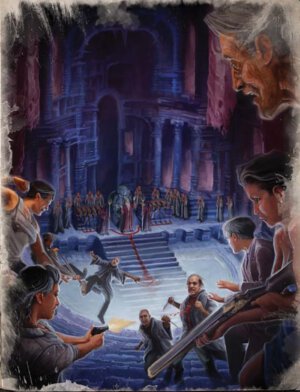
Granted, the world of the 1930’s can’t be exhaustively detailed in a single chapter but the authors do a fine job of touching on the major themes and events of the period. Keepers who are serious about recreating the era will obviously want to pick up a history book or two devoted to the subject to really flesh things out. Still, I liked the chapter since running a CofC campaign in the 1930’s will call for a distinct change of tone than one set in the 20’s.
Chapter nine provides sample villains for Keepers to use as well as additional villainous spells and monsters. The villains are quite numerous, well done, and feel properly “pulpy” in the great scheme. The spells are pretty interesting as well although the generic characters (beat cops, FBI agents, and such) and monsters (mainly dinosaurs and robots) are a bit too thinly covered.
The majority of the remaining one hundred and thirty-five pages are devoted to four adventures: The Disintegrator, Waiting for the Hurricane, Pandora’s Box, and Slow Boat to China. Usually the adventures are highlights of any CofC sourcebook and that remains true with Pulp Cthulhu. I especially like how these adventures contain a great deal of pulp action while staying firmly within the boundries of the Mythos. I won’t spoil any of the surprises but suffice to say the four tales are solidly done with detailed Keeper info and a great many maps and handouts.
Pulp Cthulhu concludes with a ten page reference section filled with pricing examples of the 1930s, weapon stats for the era, and recommended reading and films to enjoy. Lastly is an updated character sheet for the players.
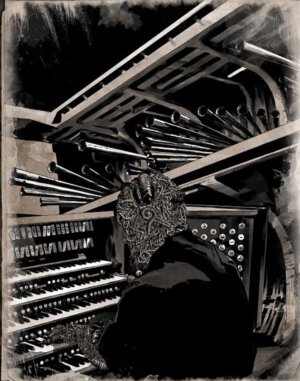
I do understand Chaosium released a pulp supplement for Basic Roleplaying (which are the core mechanics behind Call of Cthulhu) although I’m not familiar with the contents. It’s possible there’s some redundancy as far as Astounding Adventures’ rules and Pulp Cthulhu’s so if you already have the former you might not be in dire need of the latter. Everything contained within can also be considered completely optional too so it isn’t as if Pulp Cthulhu is critical for running Call of Cthulhu. Keep in mind though, the rules are tailored precisely for CofC and you are getting four solid adventures with the new sourcebook.
I will point out I do think the cost of the PDF is a touch high. Lately we’re seeing some companies really jack up the cost of digital books (I’m looking directly at you Mongoose and your insane Traveler PDFs!) and, although I’m not saying Pulp Cthulhu’s price is astronomically high, I believe a price range around $17-$19 is more in line with this product as opposed to $22.95. Plus, normally the physical book carries a price double that of a PDF and I’m hoping Chaosium doesn’t plan on charging nearly $46 when Pulp Cthulhu arrives in print.
Another aspect which might dissuade you from buying Pulp Cthulhu is how you feel about running a pulp style of game in the first place. Loads of Keepers are quite happy running CofC more in the vein of classic Lovecraft tales so, for them, I don’t think the contents of the new sourcebook are going to be a must have for them. With that said I find Pulp Cthulhu to be an excellent addition to the Chaosium CofC line up, especially with the beefed up production quality we now get to enjoy, and should appeal to even those who aren’t all that keen on adding loads of pulp theme to their games.
I’ll will guarantee there are a great many Keepers out there who, like myself, have tweaked CofC rules over the years to add elements of pulp to their games. Some probably didn’t even consider their changes to be all that “pulpy” in the first place and for those gamers I’m sure Pulp Cthulhu will be a welcome addition to their gaming library. I’m certainly glad to have had the opportunity to get an early copy as there’s plenty in the book which will be finding its way to my gaming table.
- Chivalry & Sorcery Fifth Edition Reviewed - Nov 3, 2024
- Campaign Builder: Castles & Crowns Reviewed - Nov 2, 2024
- The Roleplaying Game of the Planet of the Apes Quickstart | First Look and Page-Through - Nov 1, 2024




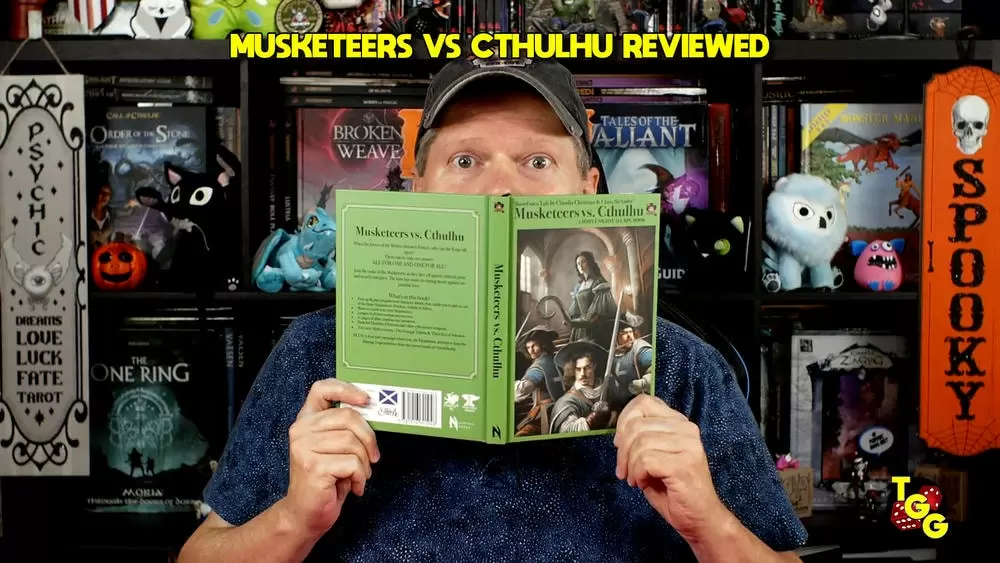
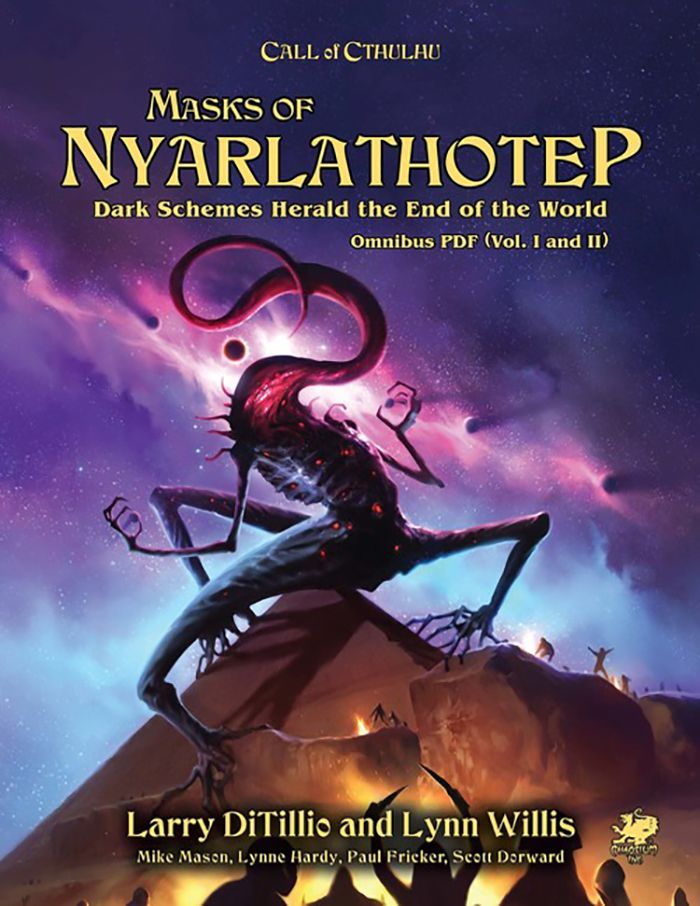
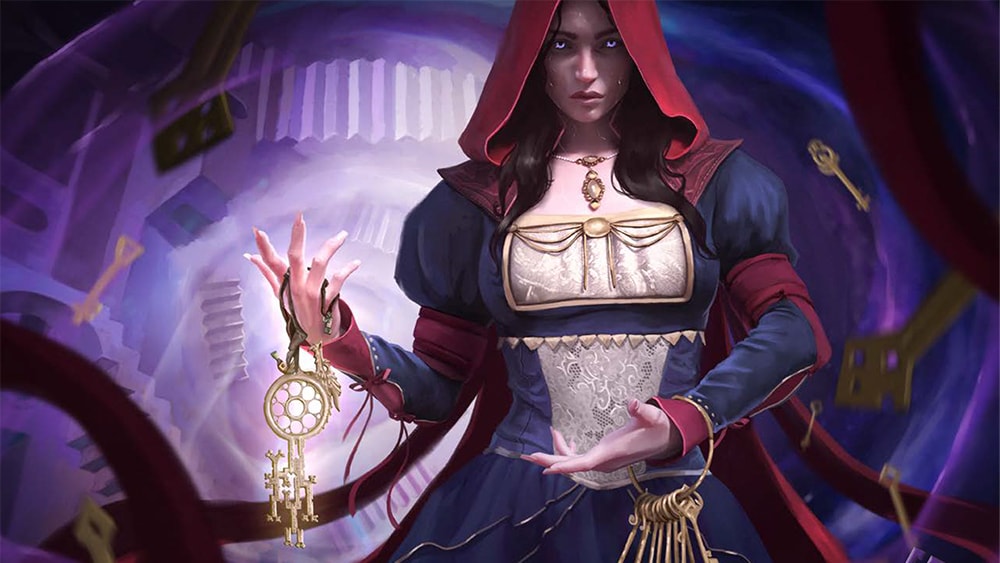


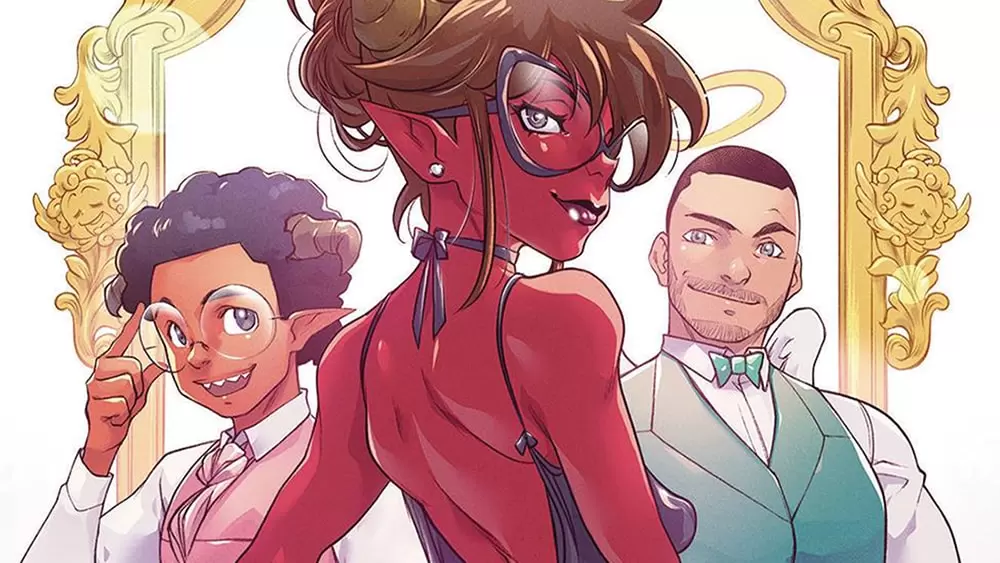
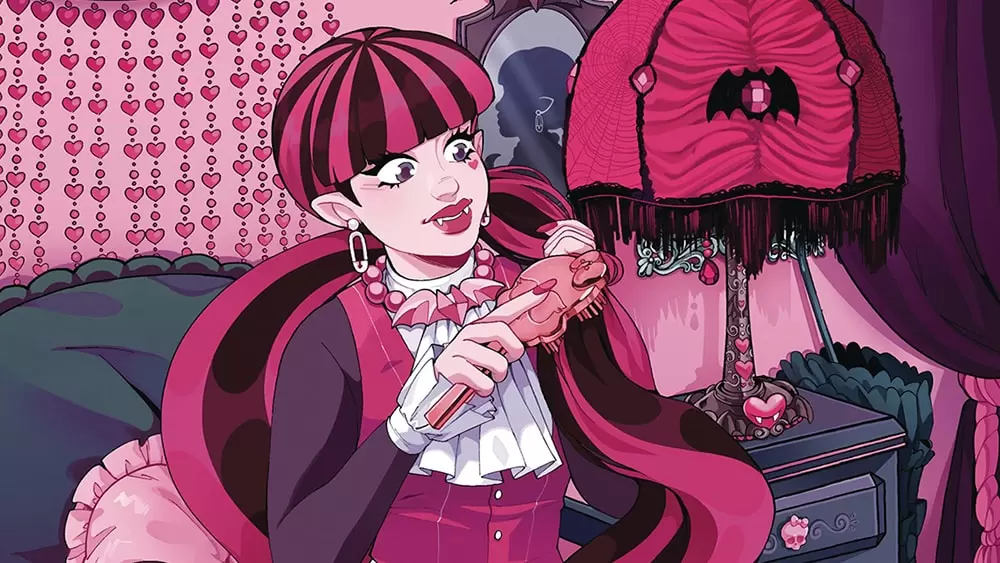
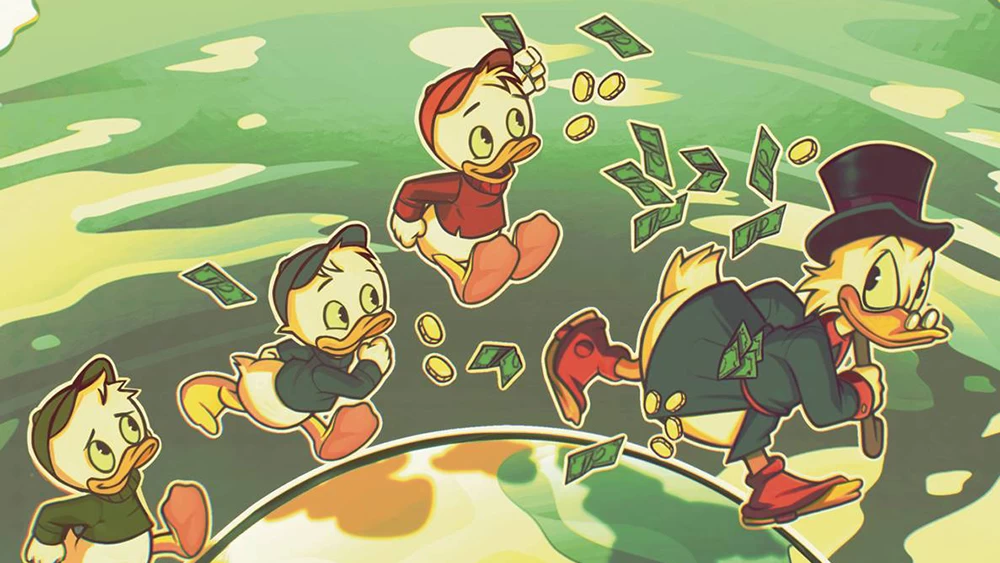
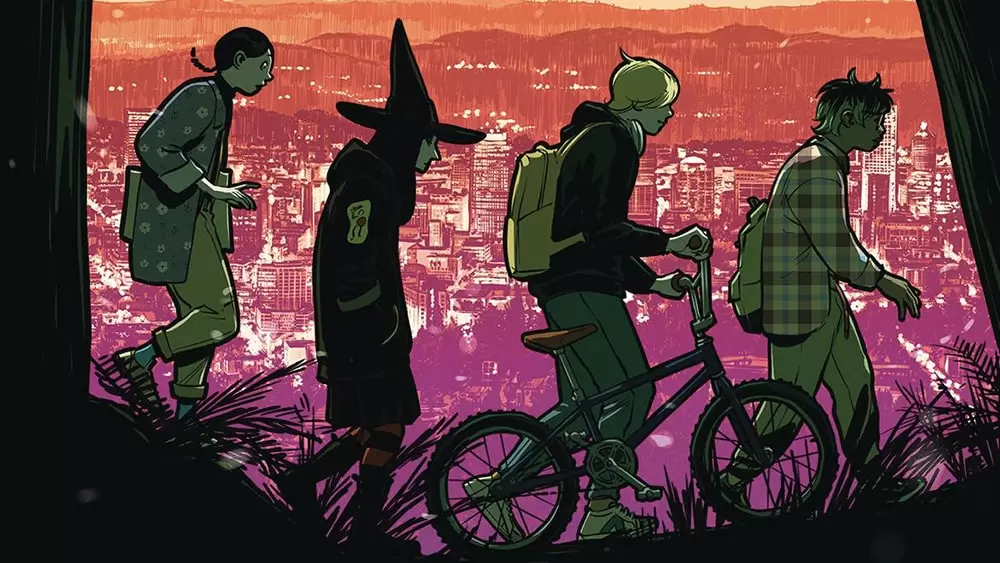
Michael O’Brien, from Chaosium, emailed me more details about pricing and I thought I’d share them here.
O’Brien wrote, “I just want to clarify a point you made about the cost in your review – when the print version becomes available next month we’ll be offering it for $44.95, and that also includes the PDF (going forward, all our print releases will include the PDF as part of the price, and that even includes FLGS sales through Bits and Mortar).”
The Chaosium V.P. continued, “However, in appreciation of people who supported us by purchasing the Pulp Cthulhu PDF earlier, we’re going to send them all a discount coupon if they would like to buy the print book as well. We have done the same for all the prior PDF purchasers of Call of Cthulhu 7th edition, now that it is in general release.”